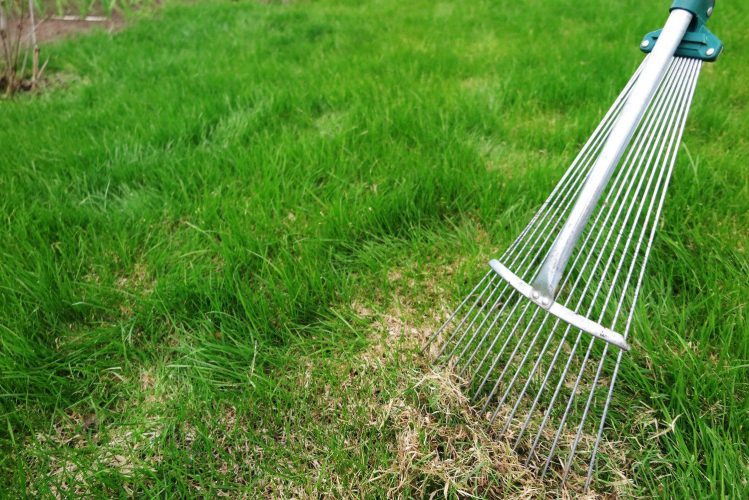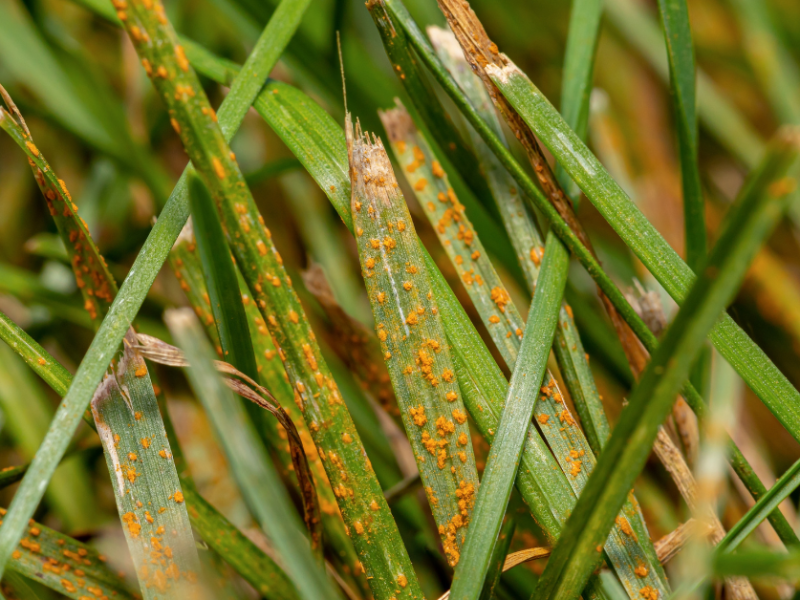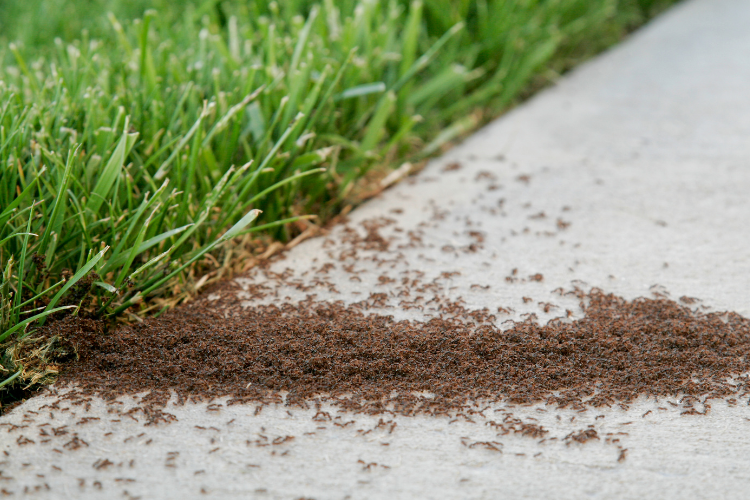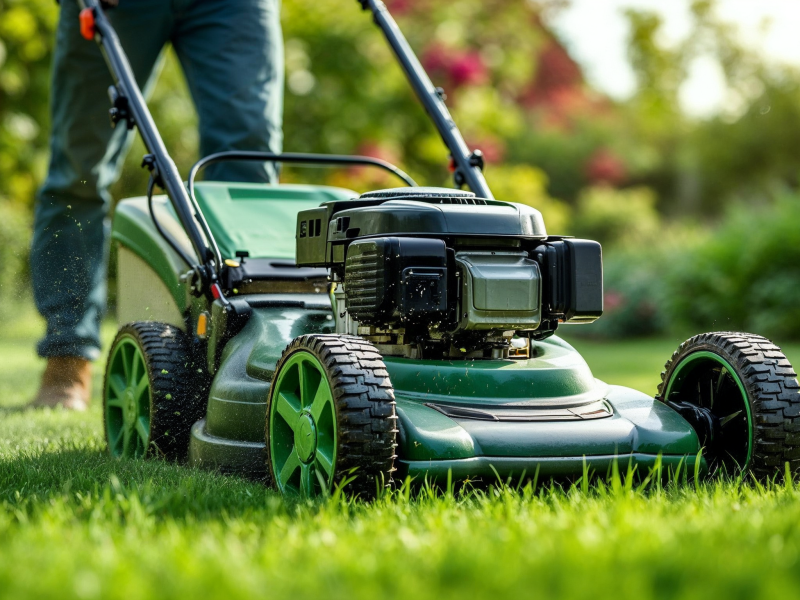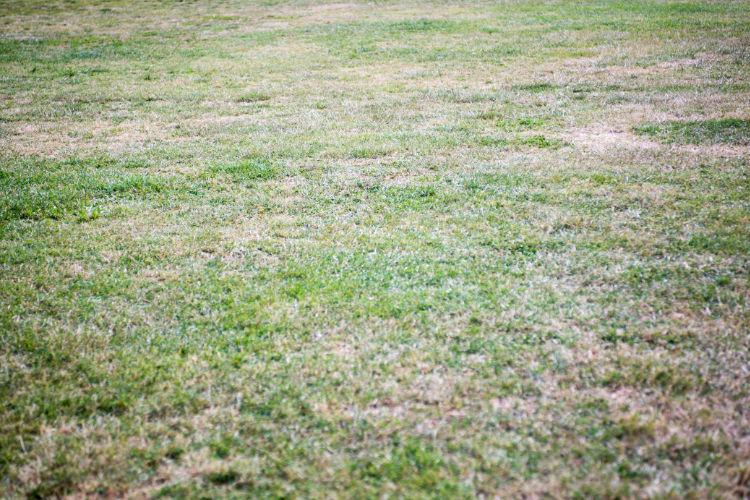One fairly common and troublesome lawn insect infestation that can happen is chafer grubs. They are the larvae of chafer beetles that live in the soil. If you have chafer grubs in your lawn, you will start to notice them most around autumn and springtime, as that’s when they start to mature and feast on the grass roots in your lawn. These pesky larvae can cause serious lawn issues so it is best to keep an eye out and take action when you see them. The main types found causing problems in UK lawns are the Garden chafer and the Welsh chafer, but there are also the Summer chafer and the Cock chafer.
Once the larvae have matured into beetles, they do not cause many issues to the lawn, as long as they are in small numbers, as they eat the plants and the foliage rather than the lawn. The adult beetles will appear between the end of May and July and will then lay their eggs in the surface soil of the lawn.
How to Identify Chafer Grubs
If you are having lawn problems, the first thing to look for is yellow patches during autumn and spring. Once the larvae start to mature and grow, they will attract other wildlife that feeds off them. If you start noticing more birds, foxes or similar wildlife in your garden tearing up the lawn to eat the grubs, this will be a good sign of chafer grubs. This is the biggest problem with chafer grubs, as your lawn can really suffer from other animals tearing it apart.
You can also find the grubs themselves in the soil. They have white bodies curved into a C-shape, with light brown heads and 3 pairs of legs.
Controlling & Removing Chafer Grubs from Your Lawn
Preventing a chafer grub infestation can be difficult, but treating it once the grubs are there can be a little easier. Our lawn care treatment for chafer grubs will combat it effectively, whilst ensuring that your lawn doesn’t get damaged. Our treatment is organic as it makes use of Nematodes, a tiny worm-like creature that is very effective at killing garden pests. These organisms are naturally occurring in your lawn’s soil anyway, just in lower quantities, so it causes no damage to your garden. The nematodes thrive in moist soils that are above 12 degrees, so this treatment can usually only be applied between July and September/October.
Before a nematode treatment, the lawn will need to be mowed and spiked in preparation. This will give the nematodes the best chance to get into the soil and target the chafer grubs. Once the treatment has been applied, the lawn needs to be regularly watered to keep the soil moist.

